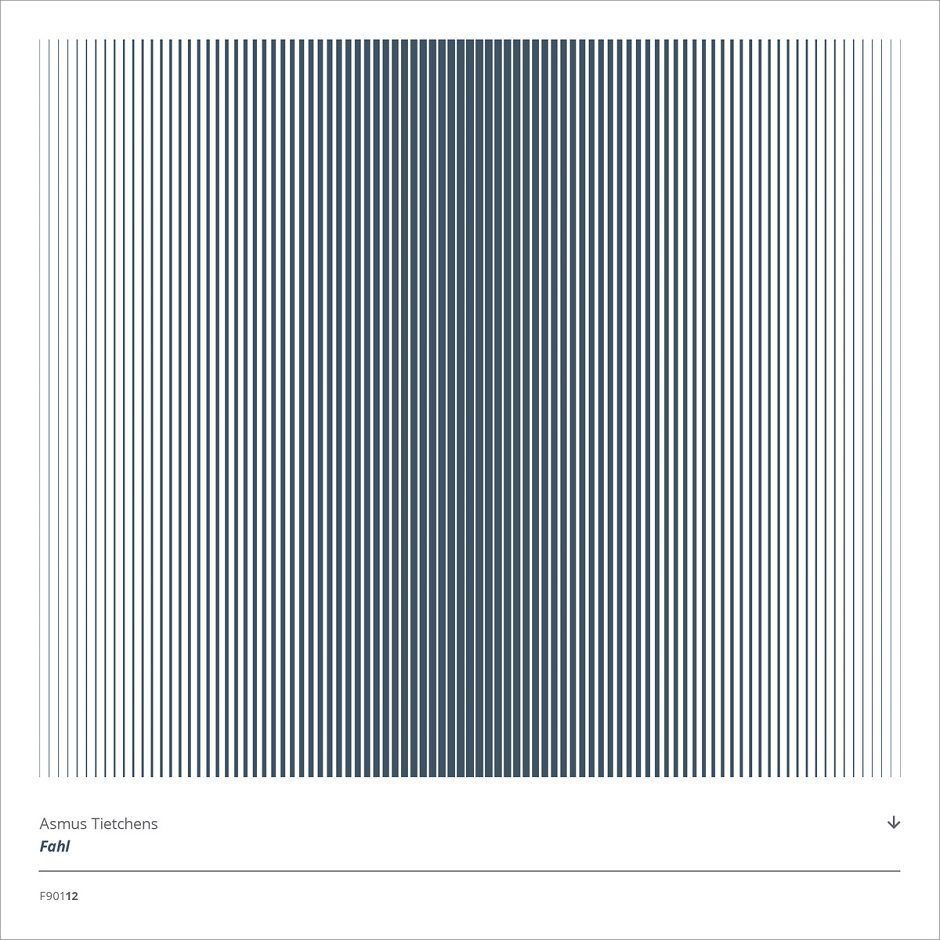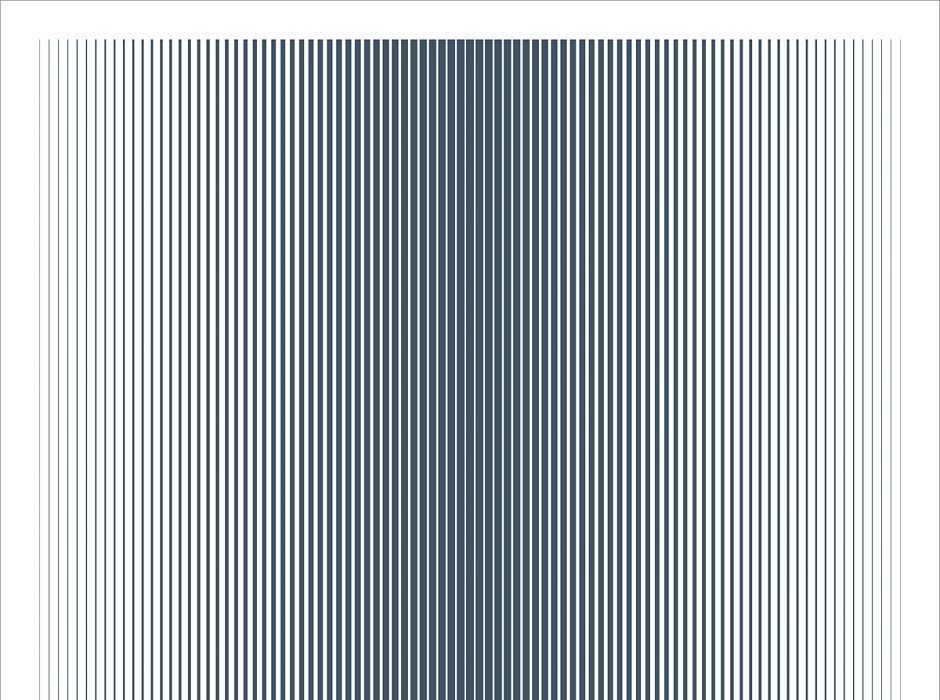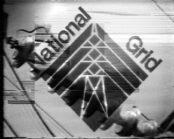[dropcap style=”font-size:100px; color:#992211;”]A[/dropcap]
ctive for more than three decades, German experimental producer Asmus Tietchens has a huge discography and his work has often been compared to that of pioneering composers such as Stockhausen.
Despite an austere and forbidding reputation, his music consists of a much wider range than the glacial soundscapes he’s most often associated with. He lurks on the outer edges of contemporary composition but also of the industrial scene and music is marked by the unease and uncanniness of the strange hinterland he has created for himself.
This new release is a cannibalisation, not just of his old material but what he calls “recycling of recyclings of recyclings…”. The obvious question this poses for an artist with such a large and often very impressive back catalogue is when (or whether) to stop a process that could potentially carry on for the rest of his career.
The results presented here seem to raise more questions than they answer. Does the strategy of infinite recycling accrue a new aesthetic or degrade the existing one? Can the sounds rise above the process to be more than a technical demonstration of a formalist process? Certainly, any musicologists with a deep knowledge of his work will be kept busy trying to identify sources and techniques. Knowing that these are recycled works places a stronger demand on them to prove themselves aesthetically – do they function autonomously untethered from the works that generated them?
Tietchens claims that “To be ready for active listening (opposite to passive hearing) is the basic requirement for analytical perception.” Which again raises the question of whether than this is more than just a a test of active listening, of knowledge of his back catalogue, of the listener’s playback equipment, or – in the worst cases – their patience. There is no doubt that this subtle, esoteric work is extremely well-crafted and quite possibly a good way to re-set and re-condition hearing saturated by louder forms but is it more than that? Once more, we have to ask if it is more than a possibly therapeutic exercise in restoring a listener’s attention to detail.
Perhaps by this point the alert reader will have noted that the sounds themselves have not yet been discussed and begin to intuit why this might be, yet they might also be (partially) mistaken. Like many classic Tietchens works, FmF4 is a watery grave of sounds lost in a cold, shimmering haze. Advancing and receding sonic currents trouble the wreckage of these half-shipwrecked drones, drips, and drones. Initially less compelling than much of his work, the watery motion slowly imbues an uncanny aesthetic that is more than a sum of its parts, if still a wreck of his previous works. The aesthetic power it does possess is the fascinating power of a storm-wrecked ship run aground and at the mercy of the tides.
L10RC is more like an archaeological excavation site by night with a pale moon revealing new layers of lost and recovered fragments among the exposed strata. The issue here is that most of this eerie track is marked by a repeated owl-like hooting that seems intrusive and unsubtle compared to the shifting drones in the background. It’s only belatedly in the final section when the hooting ceases that the more interesting details beneath are given the exposure they deserve.
Finally, L10RB shifts the mood. It’s an unusually affirmative piece for Tietchens, with rippling tones that might once have been gamelan-like. There’s a trace of Harold Budd’s work in the brighter tones, but overall it’s much more opaque, existing for itself without a defined “point” and fading without leaving a strong impression.
There’s no doubting the strength of Tietchens’ vision and of his past work and the infinite recycling technique certainly has interesting potential, but on this evidence it’s only partly realised. With the partial exception of the first track, these pieces fail to be truly memorable, overshadowed by the power of the works they are derived from. Which is not to say that there is nothing of interest here, only that this release seems to bear the marks of being driven primarily by technique rather than vision. The recycling is worthy and perhaps even admirable but also carries the risk of dilution and a gradual evaporation.
[button link=”http://farmacia901.bandcamp.com/album/fahl” newwindow=”yes”] Fahl[/button]

From Speak and Spell to Laibach.




















